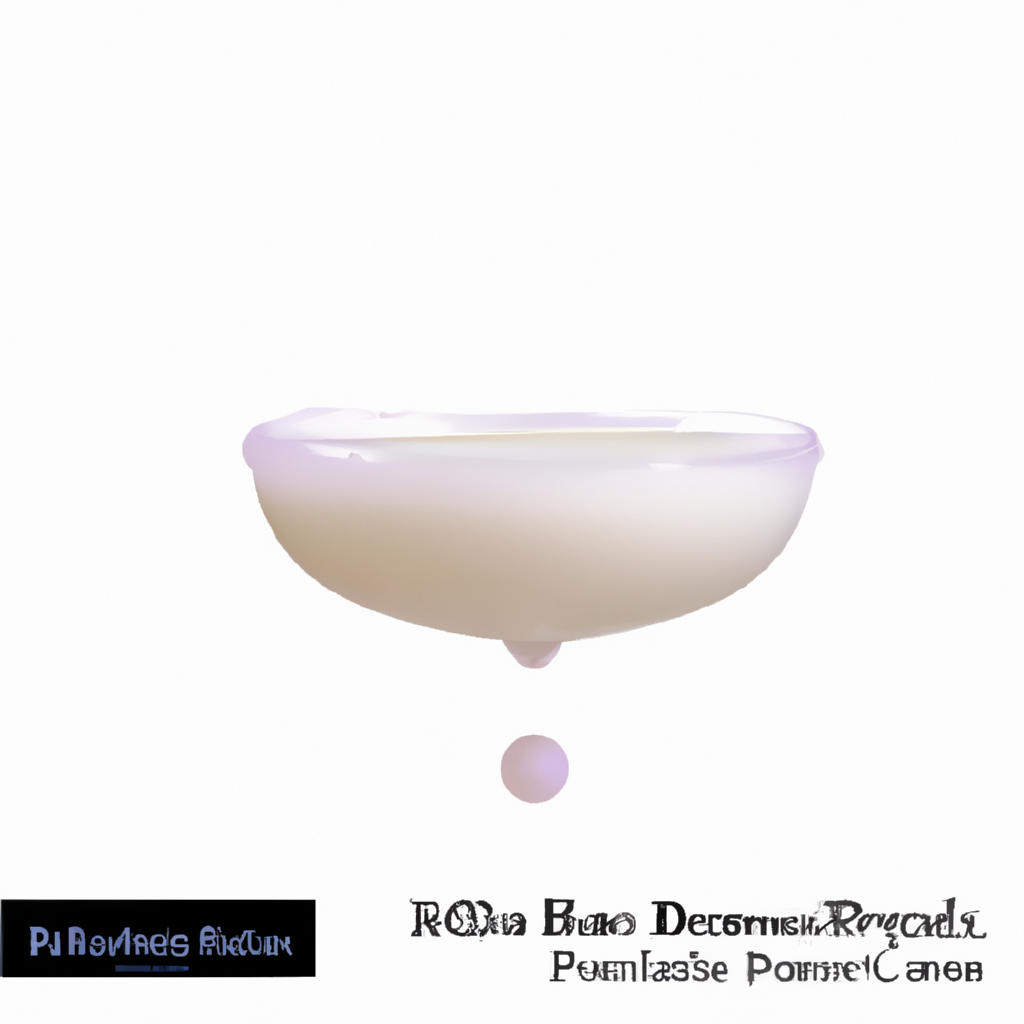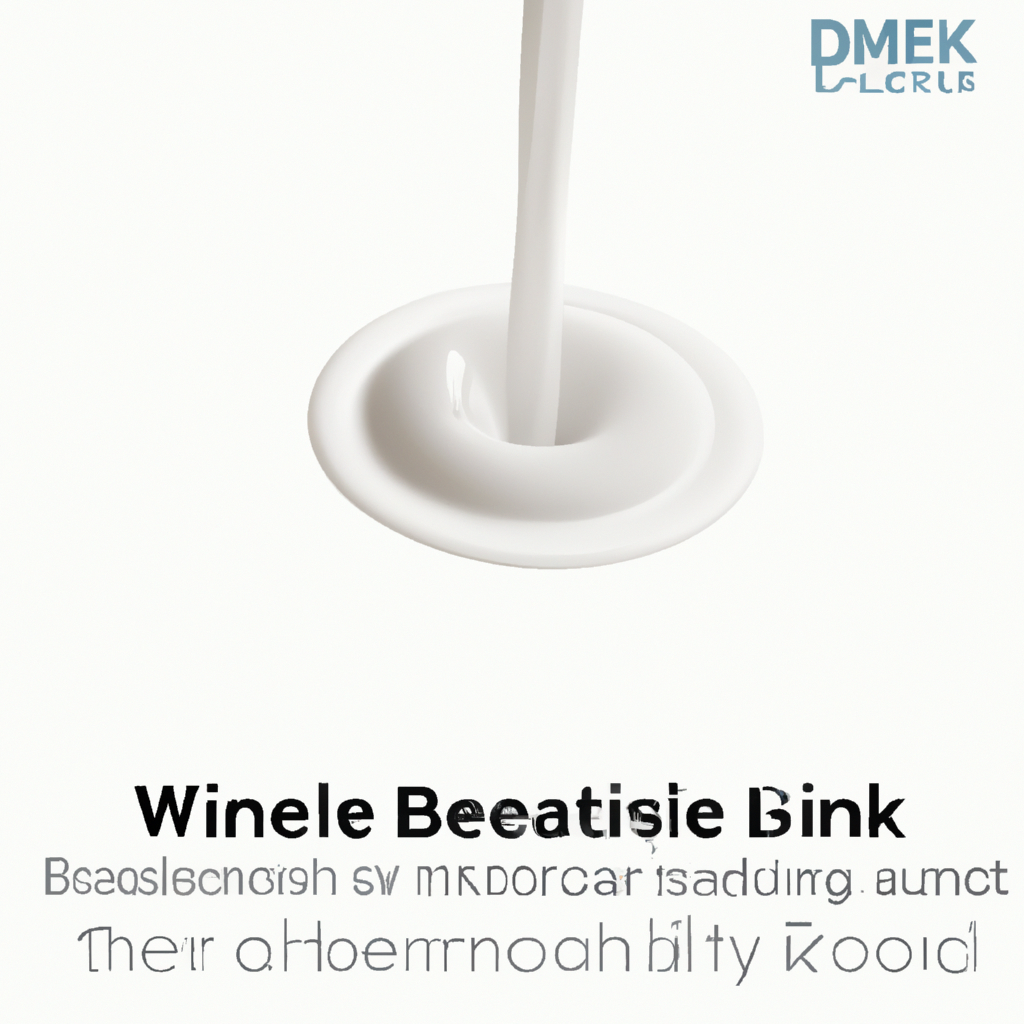Imagine a world where every newborn has access to the life-saving nutrition they need, regardless of their circumstances. In this fascinating article, we will explore the world of milk banking, a system that ensures infants in need receive precious breast milk when their mothers are unable to provide it. Discover how milk banking works, from the collection and pasteurization process to the distribution of this precious liquid gold. Join us as we delve into the incredible benefits of milk banking for premature babies, sick infants, and their families, shining a light on the incredible generosity and compassion of human milk donors.
Milk Banking
Definition
Milk banking refers to the process of collecting, processing, and distributing donated human breast milk to babies who are in need. It serves as a crucial resource for infants who cannot receive breast milk directly from their biological mothers. Through milk banking, these vulnerable babies can still receive the essential nutrients and antibodies that breast milk provides.
History of Milk Banking
The concept of milk banking dates back to the early 20th century when it was first established in Europe. The first milk bank in the United States was established in 1919 in Boston. Since then, milk banking has evolved and grown to become a vital practice in providing safe and nutritious breast milk to infants worldwide.
How Milk Banking Works
Donor Screening and Milk Collection
Milk banking starts with a thorough donor screening process to ensure that the donor’s health and lifestyle align with the standards required for safe breast milk donation. Donors undergo medical history evaluations, blood tests, and are screened for any medications or substance use that could affect the quality of the milk.
Once approved, donors can safely express their breast milk at home following strict hygiene guidelines. The milk is then collected and stored in appropriate containers until it can be transported to the milk bank.
Milk Processing and Pasteurization
Once the donated milk arrives at the milk bank, it undergoes careful processing and pasteurization. Processing involves separating the milk from any excess fat and combining it with other donated milk to create a homogeneous batch. This step ensures that the milk is well-balanced in terms of nutritional content.
Following the processing, the milk goes through a pasteurization process. Pasteurization involves heating the milk to a specific temperature to eliminate harmful bacteria while preserving the majority of its nutritional value. This step is crucial to ensure the safety of the milk for consumption.
Quality Control and Storage
After pasteurization, the milk undergoes rigorous quality control measures. The milk bank conducts regular tests to assess its safety and nutritional value. These tests include evaluating the milk’s fat content, protein content, and the absence of contaminants.
Once the milk passes these quality control measures, it is safely stored in freezers at ultra-low temperatures to maintain its freshness and quality until it is ready to be distributed.
Distribution and Shipping
When a need arises, the milk is thawed and carefully packaged for distribution. It is then shipped to hospitals, neonatal intensive care units, and families who have requested the milk. Transportation methods prioritize maintaining appropriate temperatures to preserve the milk’s integrity during transit.


Benefits of Milk Banking
For Premature and Sick Babies
Premature and sick babies often have delicate immune systems and specific nutritional needs. Breast milk obtained from milk banking offers crucial benefits to these vulnerable infants. It provides essential antibodies and nutrients that support their growth, development, and overall health. Studies have shown that premature babies fed with pasteurized donor milk have reduced rates of necrotizing enterocolitis, a severe medical condition that affects the intestines.
For Adopted and Fostered Babies
Adopted and fostered babies may not have the opportunity to receive breast milk from their biological mothers. Milk banking provides these infants with a valuable resource – human breast milk. Breast milk not only offers optimal nutrition but also promotes bonding between the baby and their new caregiver. It can also aid in the development of a healthy digestive system, reducing the risk of gastrointestinal issues.
For Mothers
Milk banking not only benefits the infants in need but also provides an opportunity for lactating mothers to make a difference. Donating breast milk can serve as a way for mothers to contribute to the well-being of other babies, even beyond their own. It not only supports the milk supply of the donor mother but may also improve her emotional well-being by knowing that she is helping those in need.
For the Environment
Milk banking promotes environmental sustainability. Breast milk is a natural and renewable resource that does not require the resources and energy used in the production of formula. By encouraging breastfeeding and facilitating milk donation, milk banking helps reduce waste and minimize the carbon footprint associated with formula production and consumption.
The Importance of Donor Screening
Ensuring Donor Health
Donor screening is a crucial step in the milk banking process to ensure the safety and quality of the donated milk. It helps identify potential health risks that could be transmitted through breast milk. By evaluating the donor’s medical history, lifestyle, and conducting blood tests, milk banks can reduce the risk of transmitting infections or other health concerns through donated milk.
Testing for Contaminants
Donated milk undergoes rigorous testing to ensure its safety. This includes screening for common contaminants such as bacteria, viruses, and drugs that may be present in the milk. Testing is essential to prevent any potential harm to the receiving infants.
Eliminating Medication and Substance Use
Milk banks prioritize the exclusion of donated milk from mothers who engage in medication or substance use that can impact the safety and quality of the milk. This strict policy ensures that only clean and uncontaminated breast milk is provided to the infants in need.


Ensuring Milk Safety
Pasteurization Process
Pasteurization is a critical step in ensuring the safety of donated breast milk. By subjecting the milk to controlled heat, harmful bacteria are effectively eliminated, while the majority of the milk’s nutritional value is preserved. Pasteurization reduces the risk of infants ingesting bacteria that could cause illness.
Testing for Bacterial Contamination
Aside from pasteurization, regular testing is conducted on donated milk to detect any bacterial contamination that may have occurred during the collection or processing stages. Routine testing helps identify any potential risks and ensures that the milk remains safe for consumption.
Preventing Nutritional Imbalances
Milk banks undertake comprehensive nutritional testing to ensure that the milk maintains its optimal composition. Nutritional imbalances can arise due to various factors, including diet and milk storage conditions. By conducting regular testing, milk banks can identify any issues and take corrective measures to maintain the milk’s nutritional integrity.
Quality Control Measures
Standard Operating Procedures
Milk banks follow stringent standard operating procedures to ensure consistency in milk collection, processing, and distribution. These procedures outline the specific requirements and steps to be followed at each stage of the milk banking process. Following standardized protocols helps maintain the quality and safety of the donated milk.
Milk Bank Certification
Milk banks can obtain certification from organizations such as the Human Milk Banking Association of North America (HMBANA). Certification ensures that milk banks adhere to strict guidelines and meet specific quality control standards. It provides assurance to healthcare providers and families regarding the safety and reliability of the milk provided.
Regular Milk Testing
Milk banks consistently conduct tests on donated milk to monitor and maintain its quality. These tests include evaluating the milk’s fat content, protein content, and ensuring that it is free from any contaminants. Regular milk testing guarantees that the milk remains safe and nutritionally balanced for the infants who depend on it.


Storage and Transport Guidelines
Freezing and Thawing
Proper freezing and thawing techniques are critical to preserving the nutritional value and safety of donated milk. Milk should be stored at ultra-low temperatures to maintain its quality. When thawing, it is essential to follow specific guidelines to prevent damage to the milk’s components and to ensure its safety for consumption.
Proper Storage Containers
Milk banks use specialized storage containers that are sterile, sealable, and capable of maintaining appropriate temperatures. These containers are designed to prevent contamination, maintain freshness, and ensure that the milk remains safe during storage and transportation.
Shipping Methods
Shipping methods used by milk banks prioritize maintaining the appropriate temperature during transit to keep the milk’s integrity intact. Cold chain logistics, such as refrigerated transportation and the use of temperature-controlled packaging, help safeguard the donated milk against exposure to heat, ensuring that its nutritional value is not compromised.
Impact on Premature and Sick Babies
Improved Health Outcomes
The provision of pasteurized donor milk to premature and sick babies has been shown to improve health outcomes. Breast milk delivers a unique combination of nutrients, antibodies, and growth factors that support their fragile immune systems and promote healthy development. By receiving breast milk through milk banking, these babies have a better chance of thriving and recovering from their health challenges.
Reduced Risk of Infections
Premature and sick babies are particularly susceptible to infections. However, the antibodies present in donated breast milk help protect them from common illnesses and reduce the risk of infections. Breast milk obtained through milk banking acts as a shield, providing additional protection against pathogens that these vulnerable infants may encounter.
Boosted Immune System
Breast milk obtained from milk banks contains immune-boosting properties and helps strengthen the immune system of premature and sick babies. It provides essential antibodies and immune cells that fortify their defenses against various diseases. As a result, these babies experience improved immune responses and are better equipped to fight off infections.
Benefits for Adopted and Fostered Babies
Access to Human Milk
Adopted and fostered babies may not have the opportunity to receive breast milk directly from their biological mothers. Milk banking offers these infants access to human breast milk, which is crucial for their optimal growth and development. Breast milk provides a unique blend of nutrients that supports their overall health and wellbeing.
Promotion of Bonding
Breastfeeding is not only a source of nutrition but also an opportunity for bonding between a baby and their caregiver. Adopted and fostered babies can still experience this special bond through milk banking. Feeding the baby with donated breast milk promotes closeness and nurtures the emotional connection between the baby and their new caregiver.
Improved Digestive Health
Breast milk obtained through milk banking supports the healthy development of the baby’s digestive system. The natural composition of breast milk aids in digestion and reduces the risk of gastrointestinal issues such as colic and reflux. By receiving human breast milk, adopted and fostered babies can experience improved digestive health and overall comfort.
Positive Environmental Impact
Reducing Waste
Formula production and consumption generate significant waste through packaging and manufacturing processes. Milk banking offers a sustainable alternative that minimizes waste production. By encouraging breastfeeding and milk donation, milk banking reduces the reliance on formula, thereby reducing the environmental impact associated with its production and disposal.
Sustainable Alternative to Formula Production
The production of formula requires the consumption of natural resources, energy, and water. Milk banking promotes a sustainable approach by utilizing a renewable resource – human breast milk. By providing a safe and reliable source of breast milk to infants in need, milk banking contributes to a more environmentally friendly approach to infant nutrition.
In conclusion, milk banking plays a crucial role in providing safe and nutritious breast milk to infants who cannot receive it directly from their biological mothers. Through rigorous donor screening, milk processing and pasteurization, quality control measures, and proper storage and transportation guidelines, milk banks ensure the safety and quality of the donated milk. This valuable resource benefits premature and sick babies by improving health outcomes, reducing the risk of infections, and boosting their immune systems. It also offers benefits to adopted and fostered babies by providing access to human breast milk, promoting bonding, and improving their digestive health. Moreover, milk banking has a positive impact on mothers by allowing them to contribute to the well-being of other babies and supporting their emotional well-being. Additionally, milk banking offers an environmentally sustainable alternative to formula production, reducing waste and the carbon footprint associated with it. With its many benefits and contributions, milk banking continues to be a vital practice in ensuring the well-being and health of infants in need.
